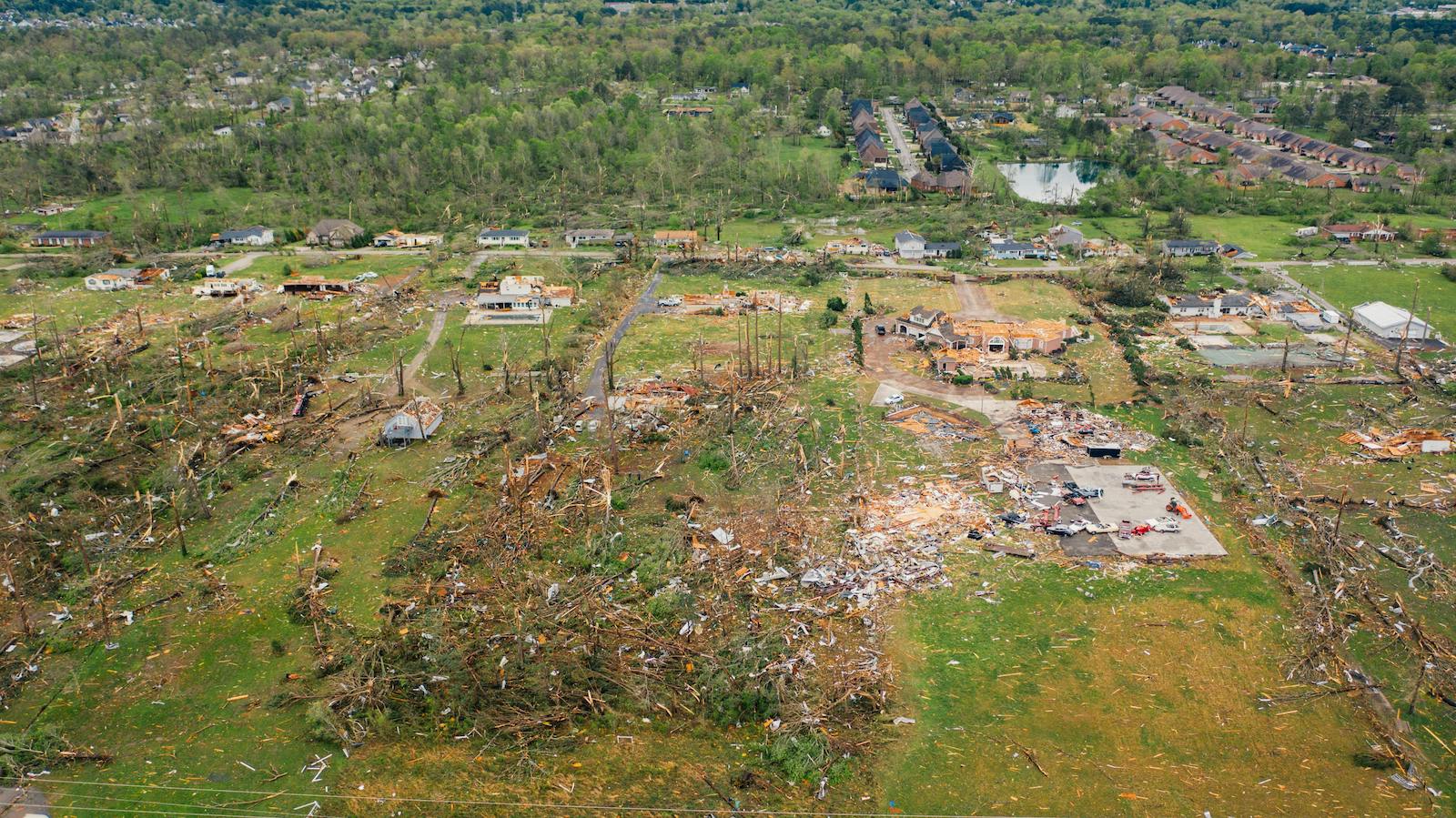The storms of life exist to teach valuable lessons – literally and figuratively. In the world of insurance, post-catastrophe analysis is crucial for making effective changes in a response plan to continue improving year over year.
With insured losses around the world reaching $115 billion in 2022 due to natural catastrophes, and economic losses even higher at an estimated $268 billion, extreme weather wreaks havoc that calls for deeper analysis with a clearly planned strategic response. Individuals with varying perspectives and skill sets contribute to report on the comprehensive results of a particular storm season. We want to see the good and the bad; once we get these valuable insights, we can learn and adapt appropriately.
The problem arises when these reports are reviewed, adjusted and documented within the Catastrophe Response Plan (CRP) only to be tucked away without any changes being implemented based on the findings. Opportunities to learn from the lessons in the analysis are lost, and before we know it, the next storm season is upon us, and the cycle continues.
As we know, the insurance industry is swift to draw attention to challenges and deficiencies in processes, yet the real issue is implementing effective change in a timely manner where the impacts are evident. Resistance to doing so only causes further complaints and frustrations; therefore, nothing changes and only marginal improvement is seen. It’s time to really dig into the CRPs to make pivots that matter and that lead to more effective planning and response.
Growth requires change, which can be difficult to accept in an industry that has been doing things a certain way for many years. While tremendous expertise comes with such a strong track record, there comes a time when change is necessary. The key to a smooth transition to new procedures is to focus on what matters – the people. When leaders focus on their people, change will always be a positive thing. The key to experiencing successful change is all about finding an effective way to communicate and manage the process, while, in parallel, learning from past mistakes.
Prioritize People in the Process of Change
When industries implement change, the people affected the most tend to be an afterthought. While this may not be intentional, many leaders are focused on strategy, outcomes and the bottom line. All of this is important, but the human element must never be lost when discussing system solutions, because it takes people to interact with such solutions. Consider the hurdles and difficulties your CAT team may face with any new process, and plan ahead for questions, concerns and frustrations that may arise. We must prepare for how to address hesitation and fears. This will work to our advantage and increase adoption rates.
Consider policyholder communication. When working on your CRP, be sure to include the workflow for communication with this group. In doing this, it will be clear what will work and what won’t work. Adjustments must be made before rolling the CRP out to ease the growing pains of a new process. Reference vital policy information in an easy-to-understand method and list tips to enhance the communication between your team and policyholders. Rather than including these details on separate pages or folders, displaying them in one quick sheet can level up the customer experience and provide reassurance to policyholders in a time of change.
Implement Clear Communication Standards
Clear communication is key in a post-catastrophe response analysis. Instead of shelving problems, meet them head-on by thoroughly investigating complaints and escalations that arise during the process. In doing so, it is common to find that the root of the problem is communication, or lack thereof, that escalated the claim. In the insurance industry, we understand that keeping consumers and policyholders at the heart of communication is imperative; however, the unfortunate truth is that this is not always the case.
As we lean on tech solutions to engage with customers in the digital age, it is important to understand that flaws can still arise. To ensure that this does not happen, add details surrounding customer service touchpoints and expectations into your CRP. For instance, regardless of claim status, include a five- to seven-day touchpoint standard that includes the policyholder’s preferred method of communication. By sending personalized communications, you amplify the human element, and the customer experience is therefore elevated.
These people have likely endured trauma from a catastrophic event, and a little human empathy can go a long way.
See also: Key Learnings From Winter Storms
Leverage Data to Make It Your Most Powerful Asset
Next to your people, data leveraged properly is the most powerful force. Access to near-real-time data allows for the ability to provide world-class customer experiences – if it is leveraged correctly. Automation and insights are required to reach this level of success, as manual data mining is a time-consuming process, and we all know that in the event of a catastrophe, we are working against the clock. Keep in mind, it does take time on the front end to ensure that teams are equipped for better efficiency in the long run. We must move away from the narrative that “there’s simply no time” and invest the work in planning stages so things run smoothly when time is of the essence.
Within your CRP, include time for data mining, as this allows you to access crucial data on power outages, wind speeds, mandatory evacuations and severity of damage, as well as imagery to support the data – this can all be accessible within 24 to 48 hours. This will allow you to establish rules around making applicable payments toward ALE benefits, triaging claims to more effectively allocate adjuster resources and personalizing communications to policyholders on a situational basis.
Off-season is the ideal time to create, communicate and train on a strong CRP that pushes boundaries and opens the door to new possibilities for top-notch response during catastrophic events. Cultivate strategic partnerships into your plan to become an unparalleled force in the industry and prioritize people, communicate standards and leverage data for ultimate results. And, of course, always be prepared to pivot, as both the consumer and the weather always tend to evolve.








